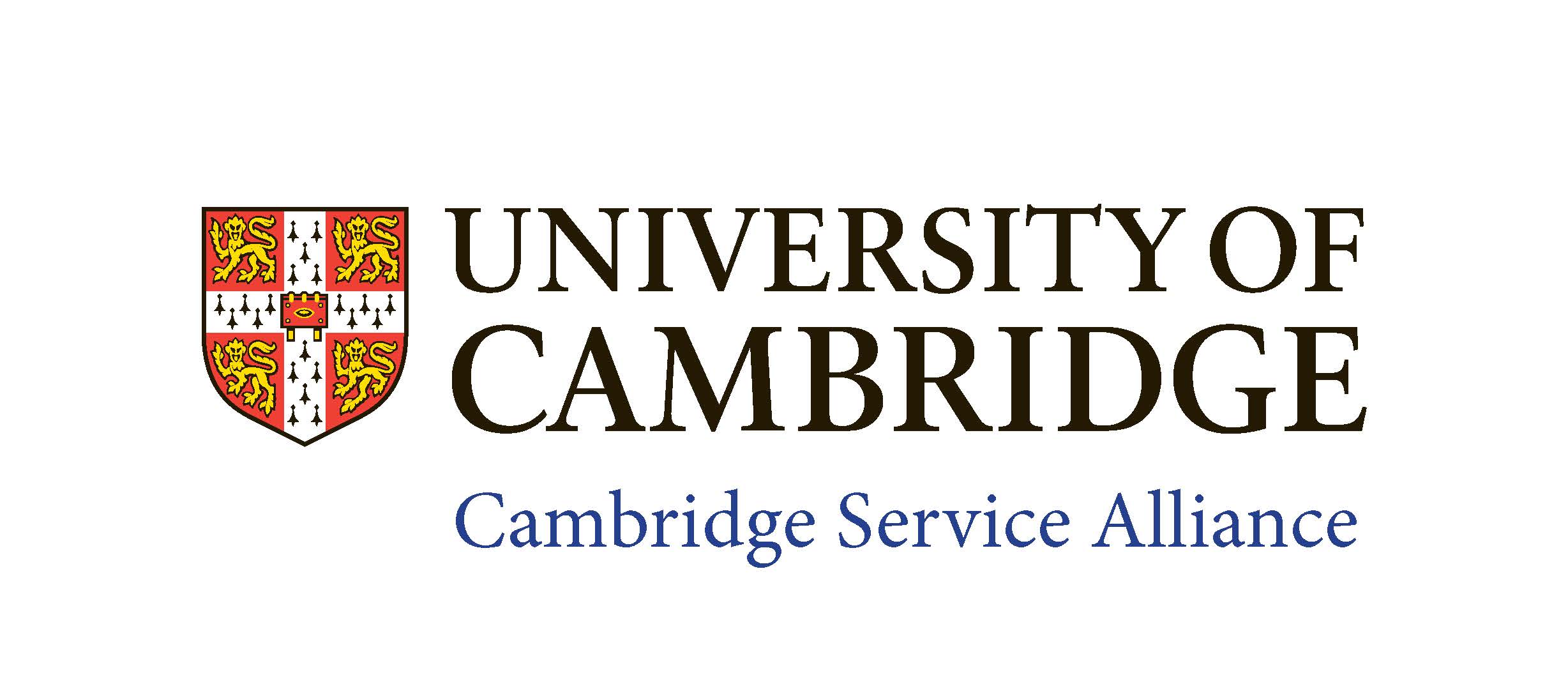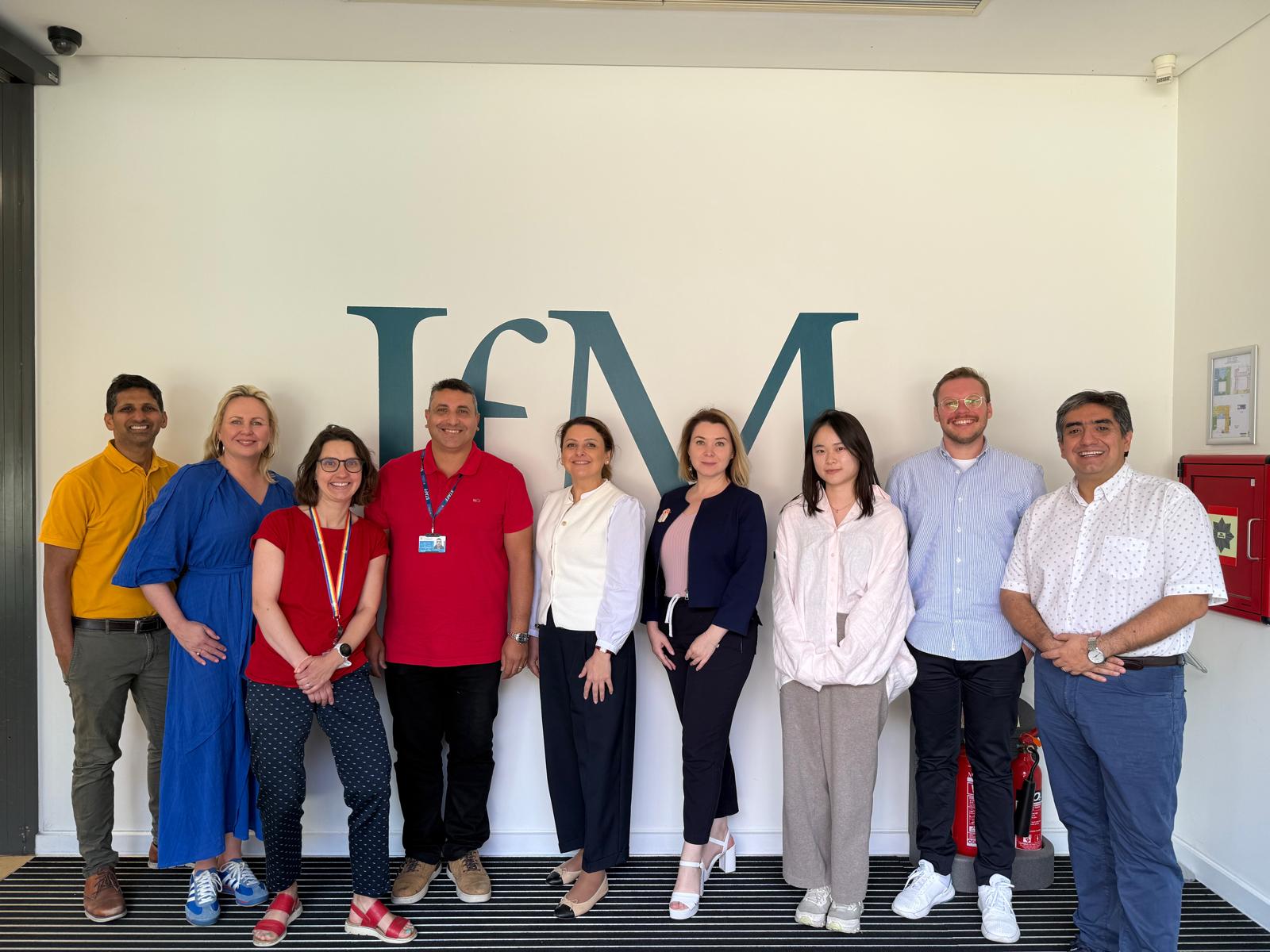Veronica Martinez, Cambridge Service Alliance, University of Cambridge
Scaling Up Your Service Business
Dr Veronica Martinez is a Senior Research Associate in the Cambridge Service Alliance, at the University of Cambridge. Veronica is the lead on the Making and Sustaining the Shift to  Services project. Her major research expertise revolves around the fields of strategy and service performance, value creation, performance measurement systems and operations management. She has worked with the international organisations such as Daimler-Chrysler and COMIMSA.
Services project. Her major research expertise revolves around the fields of strategy and service performance, value creation, performance measurement systems and operations management. She has worked with the international organisations such as Daimler-Chrysler and COMIMSA.
Professor Andy Neely is Head of the Institute of Manufacturing and the Founding Director of the Cambridge Service Alliance and the Royal Academy of Engineering Professor of Complex Services. He is widely recognised for his work on the servitization of manufacturing, as well as his work on performance measurement and management.
 At the conference, Veronica and Andy discussed the Alliance's research into scaling up services. She outlined the importance of scaling up services for your business as well as challenging the types of exploration. She outlined the driers for scaling up services and discussed the role of digital disruption in scaling up your services.
At the conference, Veronica and Andy discussed the Alliance's research into scaling up services. She outlined the importance of scaling up services for your business as well as challenging the types of exploration. She outlined the driers for scaling up services and discussed the role of digital disruption in scaling up your services.
Veronica Martinez and Andy Neely's Presentation from Service Week 2016:
Listen to the Podcast Interview with Veronica Martinez:
Transcript of Podcast:
There are two types of scale-up – the vertical and the horizontal. The vertical is very much the multiple replication. The horizontal scale-up is by growth – it can be by expansion of the same service. It is thinking about what your service is, what is  your market, what size of market do you have and then signalling if you have a good and a big client – stick with the horizontal. If you have a good technology that can be replicated for millions of people, then go for the vertical.
your market, what size of market do you have and then signalling if you have a good and a big client – stick with the horizontal. If you have a good technology that can be replicated for millions of people, then go for the vertical.
The organisations that I interview are large industrial service providers. They are faced with a dilemma that they are coming from a product centric culture, and they now have to offer a service. So they observe the problem, create design of the problem, create the solution, go and execute the solution with the customer. A typical engineering perspective in solving a problem. However, what is required here is that we go beyond the point of evaluation when you handle the service for the customer. You need to simplify it, to do incremental scale-up and then when your service is strong and big enough go for the active scale-up.
How to get better leadership and better KPIs to help with scale up. One is about the leadership that deals with the vision of taking the services and scaling them up. The second is about how you support this leadership vision with working KPIs. What we observe is that you need a mixture and a good breadth of KPIs from lagging to leading indicators. A typical lagging indicator is the financial ones; revenue, profitability. Leading indicators are those indicators that indicate the future success of your company, such as ‘are we filling a blank or sweet spot in the market?’. It is a very easy answer, but if it is an answer other than ‘yes’ then we should keep going into scaling up in that area because that is the success point for our scale up. We observe from the research we conducted that we need two parts of leadership characteristics. One part talking about the transformational and the other one the transaction, and both of them are complimentary to each other. The transformational look at those kind of indicators to motivate people to get an inspired, not only the leader, but inspire others towards the vision, to make the leader available and have a confidence to lead top management teams. And finally, to have a duel facility to explore and exploit at the same time. Because we are talking about scale up, exploring new things are important as replicating or exploiting them.
It is not about depth, but more about breadth of indicators. Some that indicate how we are performing, how many customers to we have, how many machines are operating, how many engineering hours are we spending in developing a solution or delivering a solution. But we also need those leading indicators, not many – but are we filling those sweet spots, are we doing something different to the competition. These are the things we need to take into account when we are scaling up services. If you just focus on the lagging indicators for early scale up, they don’t give you a good indication if you are going to be strong in the market, so you need to have projections for the future to compliment the lagging indicators.
You need a proper structure, to pilot. A proper process structure where you i) pilot; ii) evaluate; iii) where you go and assess and simplify things; iv) start scaling things incrementally; and v) you do the actual active scale up.
We observed that to have a mixture of both transactional and transformational characteristics is important. The transactional characteristics tell you how you can set your future, your teams and organise your portfolios and organise a service delivery. When we talk about the transformational, you need them very close to you because you need to motivate people, you need to inspire with the vision. It is very different to have a vision with inspiration, to having a vision with no inspiration. This is what describes having a successful scale up made up by people you feel the motivation from. Scale up is part of piloting, it is part of testing. You need to have a leader that is about to switch on for exploration and exploitation, and to manage people – as one of my interviewees mentioned – you need to match the right people to the right jobs. If you have someone who likes to fix repetitive problems just find the right job for him. If you find someone who wants to go and identify problems, go and find the task for him. Match the people to the roles. This will come from the transformational leader.
Having a methodology, like one we have developed, gives you a map to the things I have to be looking at, the key pointers, and also what the things are that I can evaluate myself as a leader. How am I doing, what things do I have to improve. This is something tangible that managers take with them and do the proper evaluation and to put in place plans to improve.
 What we observe in our research at the Alliance is that organisations are taking a more pro-active part in the piloting and scaling up of their businesses. This is important. How do you build the leadership and team in order to create and enable the scale up of your services? People like to have the pointers and see what they can do better in order to scale up. There has been no literature or tools developed to scale up services. At the Alliance we are one of the first in the world to develop methodologies to help companies to scale up their services with our Seven Critical Success Factors.
What we observe in our research at the Alliance is that organisations are taking a more pro-active part in the piloting and scaling up of their businesses. This is important. How do you build the leadership and team in order to create and enable the scale up of your services? People like to have the pointers and see what they can do better in order to scale up. There has been no literature or tools developed to scale up services. At the Alliance we are one of the first in the world to develop methodologies to help companies to scale up their services with our Seven Critical Success Factors.




